
Ingredient
Ghee
Liquid Gold: Unveiling the Richness of Ghee
Ghee is a golden, translucent liquid made by simmering butter until the milk solids separate and are then removed, leaving behind pure butterfat. It has a rich, nutty aroma and a smooth, velvety texture. Ghee has a high smoke point, making it ideal for frying and sautéing. Its golden color adds a beautiful richness to dishes, and its flavor enhances the taste of both sweet and savory recipes. Ghee is known for its long shelf life and is often used as a substitute for butter or oil in cooking and baking.
Origins and history
Ghee has its origins in ancient India, where it has been used for thousands of years. It holds a significant place in Indian culture and Ayurvedic medicine. Ghee was traditionally made by churning yogurt or milk to obtain butter, which was then clarified to produce ghee. It was highly valued for its nutritional properties and was considered a sacred food. Over time, ghee spread to other parts of the world and became an integral part of various cuisines.
Nutritional information
Ghee is a concentrated source of healthy fats and provides essential vitamins such as A, D, E, and K. It is also rich in conjugated linoleic acid (CLA), which has been associated with various health benefits. Ghee is free from lactose and casein, making it suitable for individuals with lactose intolerance or dairy allergies.
Allergens
Ghee is derived from butter, which is a dairy product, so it may not be suitable for individuals with dairy allergies or lactose intolerance.
How to select
When selecting ghee, look for a product that is made from high-quality butter. Opt for organic or grass-fed ghee, as it is believed to have a richer flavor and higher nutritional value. Check the label for any additives or preservatives, and choose ghee that is free from impurities and has a clear, golden color.
Storage recommendations
Ghee can be stored at room temperature in an airtight container away from direct sunlight. Its low moisture content and high fat content help preserve its freshness. However, if you live in a hot climate, it is advisable to store ghee in the refrigerator to prevent it from melting or becoming rancid. Properly stored ghee can last for several months without losing its flavor or quality.
How to produce
To produce ghee at home, start by melting unsalted butter in a saucepan over low heat. As the butter melts, skim off the foam that rises to the surface. Continue simmering the butter until the milk solids settle at the bottom and the liquid turns clear. Strain the liquid through a cheesecloth or fine-mesh sieve to remove any remaining solids. The resulting golden liquid is homemade ghee.
Preparation tips
Ghee can be used in a variety of ways in the kitchen. It can be used as a cooking oil for sautéing, frying, or roasting, adding a rich flavor to the dish. Ghee can also be used as a spread on bread or toast, giving it a delicious buttery taste. It is commonly used in Indian cuisine to make traditional dishes like biryani, dal, and ghee-roasted spices. When using ghee, start with a small amount and adjust according to your taste preferences.
Substitutions
N/A (Ghee has a unique flavor and texture, making it difficult to find a suitable substitute.)
Culinary uses
Ghee is widely used in Indian, Middle Eastern, and Southeast Asian cuisines. It is used for frying, sautéing, and deep-frying, as it imparts a rich flavor to the food. Ghee is also used in baking, especially in traditional Indian sweets and desserts. It can be drizzled over steamed vegetables or rice to enhance their taste. Additionally, ghee is used in Ayurvedic cooking and is believed to have medicinal properties.
Availability
Ghee is commonly available in Indian grocery stores, specialty food stores, and online retailers. It is also becoming more widely available in mainstream supermarkets due to its growing popularity.
More ingredients from this category
Recipes using Ghee » Browse all

Balochi Sweet Delight
Saffron-infused Balochi Sweet Delight: A Taste of Exotic Indulgence

Nihari - Slow-cooked Spiced Beef Stew
Hearty Delight: Slow-cooked Spiced Beef Stew - Nihari

Pitla - Spiced Chickpea Flour Curry
Savory Delight: Aromatic Spiced Chickpea Flour Curry
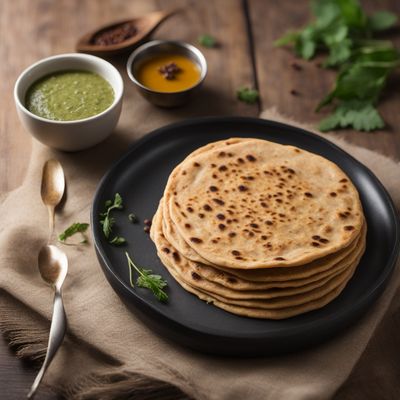
Ajwain Paratha
Flavorful Ajwain Paratha: A Spiced Delight from Indian Cuisine

Newari Style Banana Split
Banana Delight: A Newari Twist on a Classic American Dessert
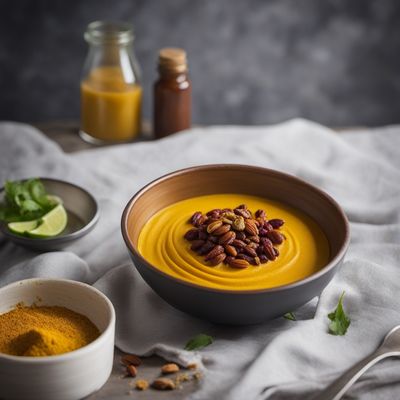
Chichoumeille with a North East Indian Twist
Spiced Cornmeal Delight: A Fusion of French and North East Indian Flavors

Indian Chinese Style Torta della Nonna
Spicy Fusion Delight: Indian Chinese Style Torta della Nonna

Homemade Coconut Rice Noodles
Coconut Delight: Homemade Putu Mayam Recipe
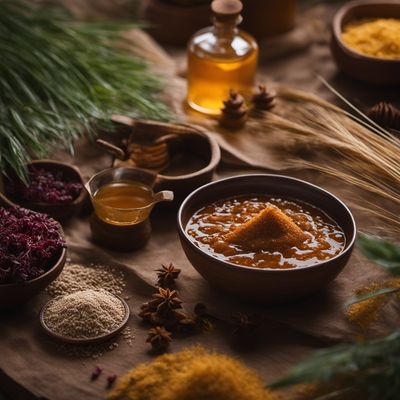
Yemeni Aseeda with Honey and Ghee
Golden Delight: Yemeni Aseeda Infused with Sweet Honey and Rich Ghee
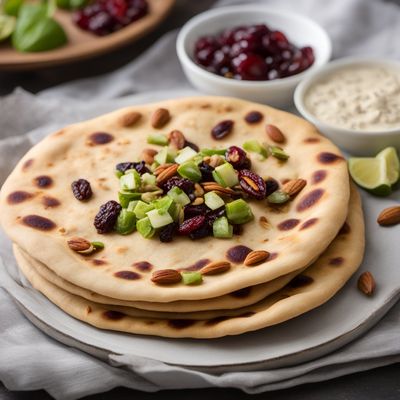
Nawabi Naan Recipe
Regal Delight: Nawabi Naan - A Royal Twist to Indian Bread

Uttar Pradesh-style Sweet Rice Dumplings
Gulab Jamun-inspired Sweet Rice Dumplings: A Taste of Uttar Pradesh
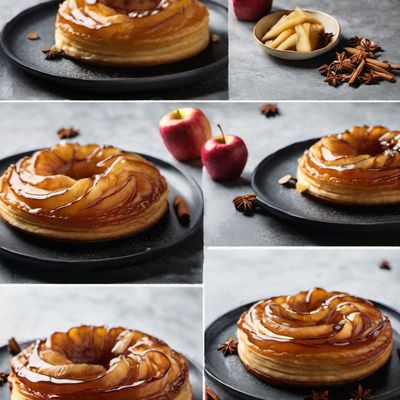
Indo-style Tarte Tatin
Spiced Apple Upside-Down Tart: A Fusion of French and Indo Flavors
